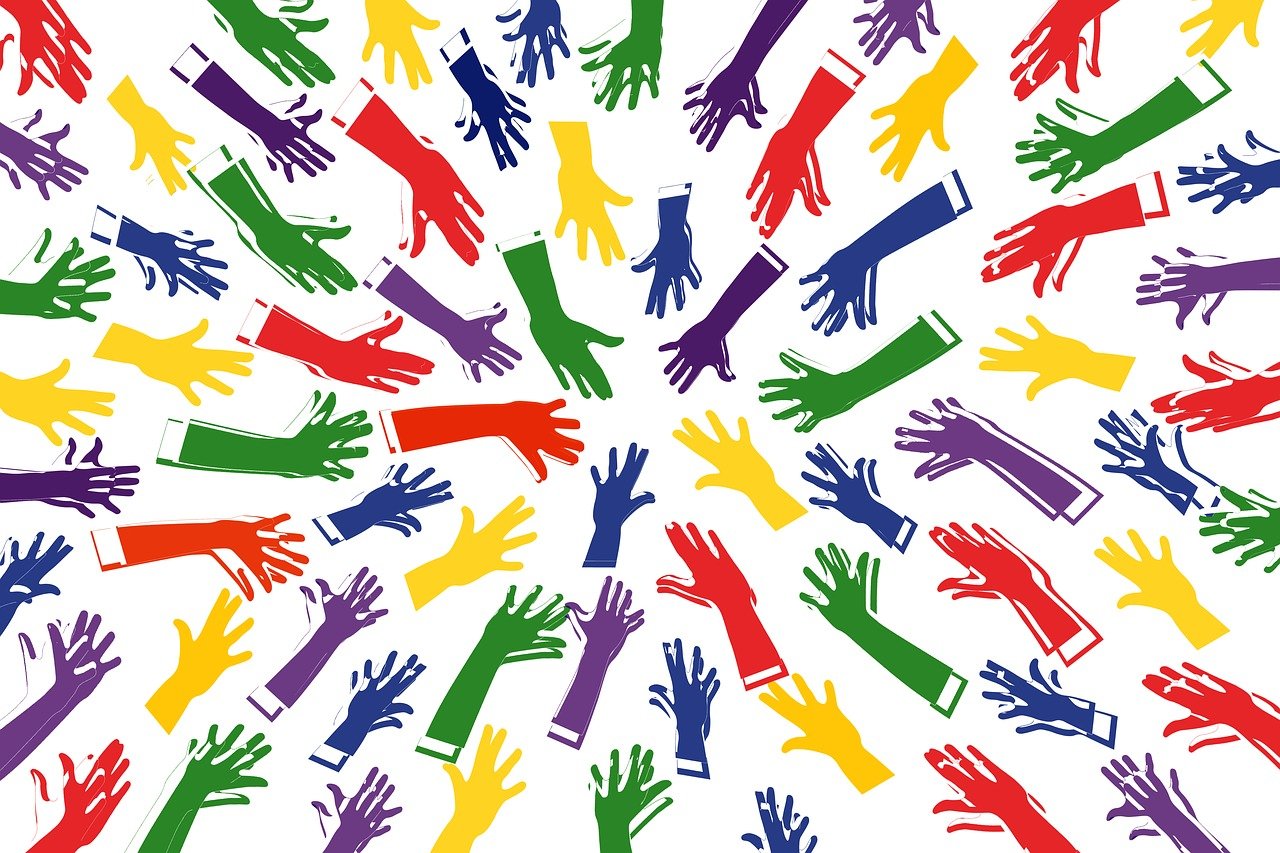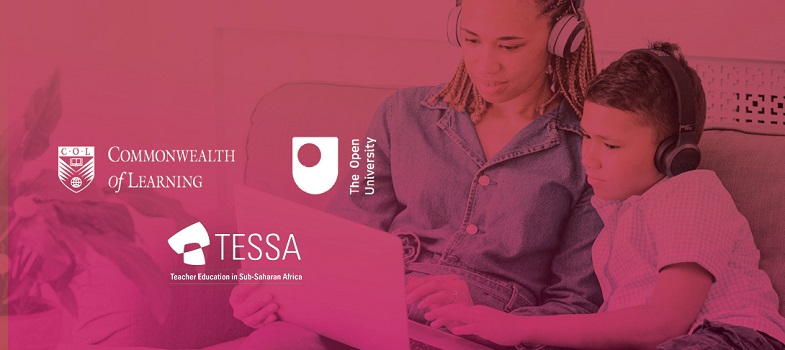Week 4: Working with communities, families and stakeholders
3. Working with stakeholders - teams across the community
3.2. Relationships, networks and social capital- can we do better in stakeholder relations?

You have seen examples of inclusive schools putting the child at the centre and building quality relationships between teachers, between learners and between the school and community. You have begun a mind map of interconnected influences on a child’s life and you will add to this at the end of the week. Relationships with stakeholders take time. Feeling that you belong to a village, a community or to a school can give a sense of strength and identity. Feeling that you don’t belong or are not welcome can make someone vulnerable and powerless.
One way of referring to links and connections in social relationships between groups is “social capital” an idea which comes from sociology. Strong social capital might be seen as for the common good but weak social capital means limited or trust or different expectations hindering partnership.
If there is strong ‘social capital’, there will be a wide range of mutually respectful and supportive relations with individuals and groups who can be called upon to support the child and/or family.
Children in danger of exclusion and their families have weak social capital because of poor attitudes from wider society and prejudice.
Thinking about the quality of partnerships is important. Just as it is not enough to bring a child with disabilities into a school and assume that is enough, so working with stakeholders needs to be developed and evaluated.
|
Reflection Point How can a school help increase the reserves of social capital for all their pupils? |
Activity 4.6 Can we do better ? Kenya survey on improving school-family-community relationshipsAllow approximately 30 minutes for this activity.
In one area of Kenya, a large survey of how primary schools practiced school- family community relationships found different examples of activities with some strengths and some areas of improvement (Nyatuka, B.O. (2017). They wanted to find out how to make the family and community relationships stronger. The activities they surveyed were:-
In area surveyed, two key areas recommended for improvement. They were: 1) Appreciating professionals for their contribution and 2) providing information. You might be surprised because these activities are relatively easy to do but rely on good communication. This links to the work you did in Week 3 on monitoring a school for inclusivity. Are there any questions linked to improving school-family-community-relationships that you would also want to ask if you were planning a similar survey? |
